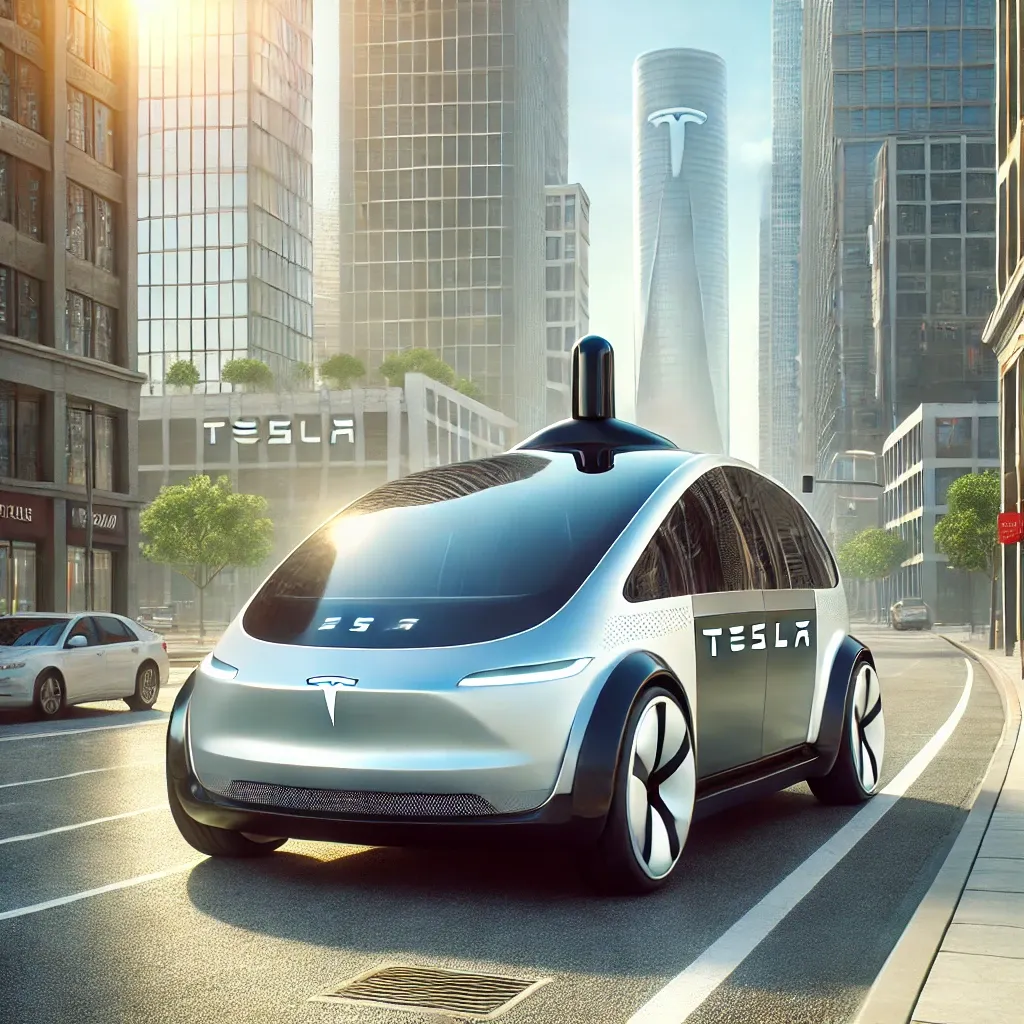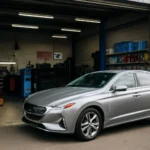Tesla’s Robo-Taxi Plans and DevelopmentsTesla’s vision of autonomous transportation is closer than ever, with the highly anticipated robo-taxi service paving the way for the next generation of self-driving technology. With features designed to eliminate the need for drivers, Tesla aims to revolutionize urban commuting, offering a seamless ride experience. But when exactly can we expect this futuristic service? What challenges have delayed the launch, and what surprises might the final reveal bring?Let’s dive into Tesla’s robo-taxi plans, recent announcements, and delays—and explore the broader impact it could have on transportation and city life.
Tesla Robotaxi Release Date: What We Know So Far
Tesla’s robo-taxi has seen multiple adjustments in its release timeline, initially projected for 2020 but repeatedly postponed due to development challenges. The release date remains elusive, though company CEO Elon Musk hints it could arrive soon. Tesla plans to leverage its Full Self-Driving (FSD) software to deliver a vehicle capable of operating without human intervention.The initial delays were attributed to:
- Regulatory hurdles, as autonomous vehicles face complex legislation in different regions.
- Unforeseen complexities in the development of the FSD technology.
- The need for Tesla to enhance its AI-based safety protocols for public use.
Once the robo-taxi service is released, it’s expected to begin in Tesla-dense cities like San Francisco and Austin, with plans to expand worldwide.In summary, though a firm date is still awaited, Elon Musk’s latest statements suggest a 2024 or 2025 release is now in focus.
Tesla Robotaxi Plan: The Vision and the Market Disruption Ahead
The Tesla robotaxi project aims to disrupt both the ride-hailing industry and vehicle ownership models. With a goal of making car ownership redundant, Tesla envisions a world where personal cars become unnecessary, reducing traffic congestion and environmental impact. The robo-taxi fleet will rely entirely on electric vehicles, aligning with the company’s commitment to sustainability.Several intriguing details about the plan include:
- Zero steering wheels and pedals – Tesla envisions a future with completely driverless cars.
- Subscription-based service – Users may subscribe to Tesla rides instead of owning a vehicle.
- Autonomous network optimization – AI will coordinate routes and match rides efficiently.
- Increased accessibility – Robo-taxis are intended to serve areas where public transit is limited.
- Economic pricing model – Musk claims the service will undercut existing ride-hailing apps like Uber and Lyft.
These efforts aim to create a transport ecosystem that reduces individual carbon footprints while ensuring reliability.
Tesla Robotaxi Delays: Overcoming Setbacks on the Road to Launch
The journey towards Tesla’s robo-taxi launch has been filled with obstacles, despite significant progress. Tesla had ambitious early timelines, but factors such as software hurdles, regulations, and competition slowed the process. For instance, while Tesla’s FSD software has improved over time, regulators have not yet granted blanket approval for full autonomy.Challenges causing delays include:
- Software and sensor calibration issues – Tesla continues to refine its cameras and AI algorithms.
- Global regulatory standards – Each market poses unique challenges for autonomous driving approval.
- Public trust and safety concerns – Tesla needs to ensure user confidence in self-driving technology.
- Infrastructure dependency – Some urban areas may lack infrastructure to support autonomous vehicles.
- Market competition – Companies like Waymo and Cruise have already deployed robotaxis in certain regions.
Despite these setbacks, Tesla’s relentless focus on innovation and AI keeps it at the forefront of the autonomous driving space.
Conclusion: The Road Ahead for Tesla Robo-Taxi
Tesla’s robo-taxi service holds the potential to transform urban life, bringing driverless, eco-friendly transport closer to reality. Although the path has been bumpy with delays, the company’s plans to release by 2025 reflect its dedication to pushing boundaries. As Musk famously said, “Some people don’t like change, but you need to embrace change if the alternative is disaster.” With its ambitions extending beyond just transport to reshape the way people think about car ownership, Tesla is betting big on the future.The launch of Tesla’s robo-taxi may mark the beginning of a new era of mobility—one that could redefine convenience, sustainability, and how we experience travel. As the world watches and waits, all eyes remain on Tesla for the next major update in this exciting journey toward autonomous transportation.






